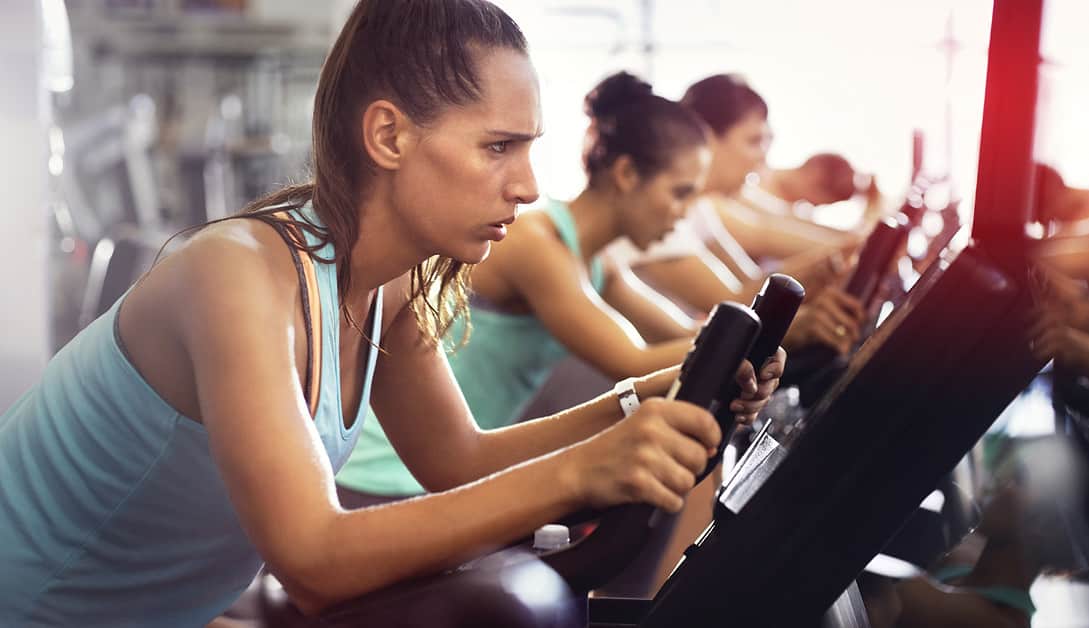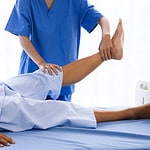Introduction
Pilates is great for people with knee pain. It reduces the stress on your joints like your knees and hips, and helps with flexibility and range of motion. Pilates can also help those with chronic knee pain or arthritis. It’s a safe, low-impact way to strengthen the muscles that support the knees.
It’s important to pick the right exercises for your skill level and physical condition. This guide covers eleven joint-friendly exercises that are safe and focus on core strength. Plus, it’s important to keep the correct form during the exercise to avoid injury. With practice, these eleven exercises can help improve stability and reduce any discomfort related to knee pain.
Benefits of Pilates for Knee Pain
Pilates is a form of exercise that can help relieve knee pain. Research has found that certain Pilates exercises can strengthen the muscles around the knees and reduce discomfort. It focuses on improving flexibility, core strength, and increasing muscular balance and symmetry. This can have a positive effect on knee pain.
By doing joint-friendly Pilates, people can improve their posture and increase their range of motion. This helps to lessen the load on the knees. Adapted traditional mat work and reformer work are the most effective exercises for this. For instance:
- Side lying leg lifts focusing on maintaining neutral hip alignment.
- Sitting abdominal bracing with a foam roller held between the thighs.
These involve deep muscles that stabilize joints without putting too much strain on them.
It’s important to check with a doctor and a health professional before starting a program. They can help to tailor an appropriate plan for improved mobility and reduced knee pain.
Types of Knee Pain
Pilates practitioners suffering knee pain must recognize the type of pain. It can be from osteoarthritis, bursitis, tendinitis, ligament injuries, fractures and cartilage damage.
- Osteoarthritis is due to age or regular use, making the bones rub against each other and cause pain/stiffness.
- Bursitis is an inflammation of the fluid-filled sacs cushioning bones in a joint; it’s usually caused by overuse or trauma, and can restrict movement.
- Tendinitis is inflammation of tendons linking muscles to bone; usually due to repetitive motion or overuse of joints.
- Ligament injuries are when ligaments attaching bone to bone stretch too far.
- Fractures happen when knee is subjected to forceful impact.
- Cartilage damage leads to joint swelling either on its own or from an injury.
Knowing the type of knee pain helps to identify Pilates exercises that are low impact and joint-friendly, helping to manage the condition and build core strength.
Pilates Exercises for Knee Pain
Pilates is great for those with knee pain! It strengthens muscles around the knee joint and makes the joint more stable. Exercises can be tailored to the individual.
This article gives the low-down on exercises beneficial for Pilates practicers with knee pain. Get ready to get fit!
Leg Lifts
Lie on your back with bent knees and feet flat on the floor. Place both hands above the hip joint, palms down. Contract deep core muscles and press spine into the mat. Lift one leg, toes pointing to the ceiling. Breathe and keep abdominal wall strong. Lift until knee is in line with hip joint. Then, slowly lower towards floor. Do 10 reps each leg.
This exercise is great for rehabilitating knee pain and strengthening lower limbs. It works deep abdominal muscles and strengthens surrounding areas like hips and glutes. Move slowly and carefully to get the most benefit without straining or stressing joints and muscles.
Wall Squats
Wall squats are a great exercise for those with knee pain or stiffness. They can strengthen the leg muscles, improve balance and knee joint function.
People with difficulty standing from a chair, getting up off the ground, or squatting may find wall squats useful. Controlled movements and proper form can help activate the leg muscles and provide stability and range of motion to the knee joint.
It’s important to speak to your doctor and physical therapist first. Do the exercises correctly – use proper alignment, balance, breathing techniques, don’t bounce and maintain body alignment positions – to avoid stressing weakened joints like the knees.
To start wall squats:
- Stand with your back flat against a wall, feet hip-width apart
- Bend your knees and lower into a squat until knees are at 90 degrees from calf
- Hold for 10 seconds then return to standing upright
- Repeat 10 times, 3 sets of 10 reps
Make it more difficult by pushing away from the wall as you lower into squat or add ankle weights or free weights held at chest level.
Glute Bridges
Glute bridges can be a good way to ease knee pain. They target the glutes – muscles in your bottom, hips and thighs – and open up the hip joint for more flexibility. When done right, they also build stability in the knees, so they can better hold their own weight.
To do a glute bridge, lie on your back with your feet at hip-width apart. Raise your hips up to the ceiling, keeping your core engaged. Try to stay in this position for several seconds, focusing on the glutes and hamstrings. Lower back down slowly. To make it harder, put a resistance band around your knees or hold a light dumbbell in each hand. Take it easy – pay attention to your body during the bridge and only progress when it feels comfortable.
Quadriceps Stretch
Quadriceps stretch is a Pilates exercise to lengthen the quadriceps and increase flexibility in the knee. Begin by sitting on the edge of a chair with your left foot planted and right leg bent at a 90-degree angle. Your right foot should be resting against the front of your thigh or the back of your heel pressed against the floor.
Press back against your left heel while bringing your right foot closer and lifting up through your spine. Keep breathing while maintaining an upright posture throughout this exercise. Hold this position for 30 seconds then switch legs and repeat.
If done correctly, you should feel an intense stretch in the front of your right thigh. Also, minor stabilizing muscles will be strengthened which can help protect against knee joint injury.
Calf Stretch
The Calf Stretch is a Pilates exercise which helps reduce knee pain.
- Stand tall with feet hip-width apart and toes pointing the same direction as hips. Grip the edge of the mat for balance. Bend one leg, flexing the foot back and forward over the instep. Toes point upwards. Gently lift through the balls of both feet.
- Lean forwards into the calf stretch. Feel a stretching sensation from ankle to calf muscles to hamstrings. No pain, only slight stretching. Engage abdominals and extend up, reaching out through fingertips. Lift shoulders away from ears.
- Release both legs with an inhale and come back up on two feet with an exhale. Rest briefly between reps. Do each side several times for symmetry. With consistent practice, knees become more flexible and stable over time.
Conclusion
This article was to give Pilates practitioners with knee pain info on joint-friendly exercises. We discussed the knee’s anatomy and physiology, considerations when choosing exercises, gym equipment solutions, and Pilates moves that may be beneficial with guidance.
It’s important to remember supportive straps and braces are alternatives to avoid injury during Pilates. They allow greater movement while providing stability and protection. Lastly, understanding knee anatomy is essential for improved mobility, but only professional care can provide relief from knee pain.
Frequently Asked Questions
Q: What exercises should Pilates practitioners with knee pain avoid?
A: Pilates practitioners with knee pain should avoid exercises that involve jumping, squatting, and deep knee bends. They should also avoid any exercise that requires them to bear weight on their knees, such as lunges.
Q: What joint-friendly exercises can Pilates practitioners with knee pain do?
A: Pilates practitioners with knee pain can do exercises that focus on strengthening the muscles around the knee joint, such as leg lifts and hamstring curls. They can also do low-impact exercises, such as swimming or biking, to help build strength and stability in the knee joint.
Q: Are there any modifications to Pilates exercises that can make them easier on the knees?
A: Yes, Pilates practitioners with knee pain can modify certain exercises to make them easier on the knees. For example, they can perform exercises while seated or while lying down instead of standing. They can also use pillows or blankets to cushion the knees during certain exercises.





